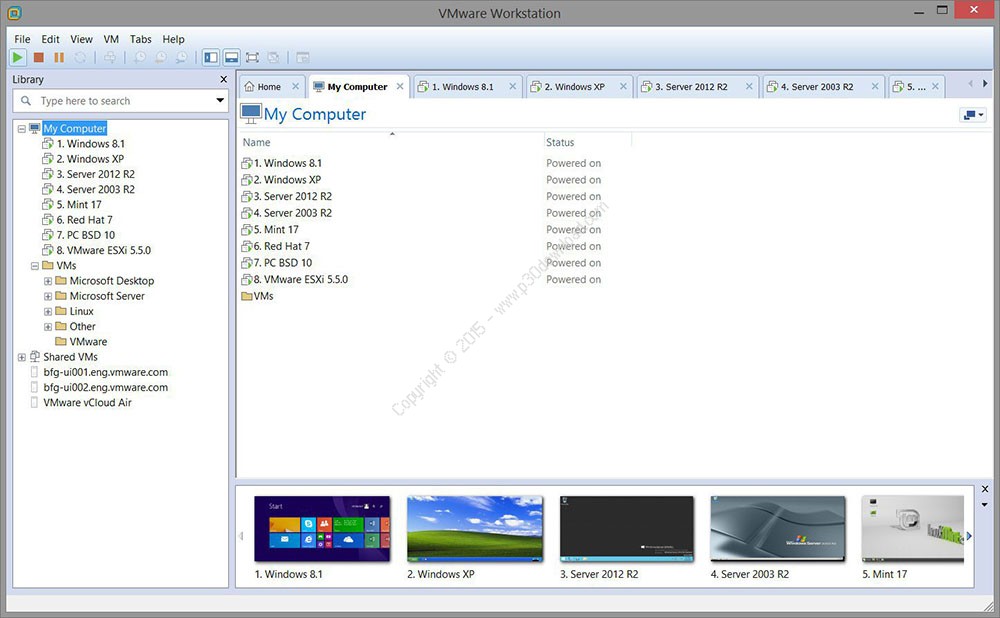

It's a huge challenge to release a fully-finished and fully up-to-date system-level product in a rapidly-moving ecosystem, so we have to depend on the prioritized to-do list to ship something that tries to meet the needs of the majority of our customers at that time as best as we can.

Spend too much time fixing everything, and you'll release "too late" and your customers complain that you're not supporting the latest technologies (CPUs, operating systems, peripherals, etc.) and not responding to customer needs. If you try to release "too soon", there will still be high priority items that aren't fixed/implemented/addressed. Any time a piece of software is released, a balance needs to be struck between getting as much of the prioritized to-do list done as possible while still actually releasing a product. There is one answer to these two questions, and it is a very practical but possibly-unpopular answer. If I remember correctly, it's considered a separate "process" but not a separate "application" (but I might be wrong about that, or it might depend on your Windows version, etc.). It should appear in the process list, but it runs with different identity/privilege, so you may need to select a "Show all processes" or "Show processes from other users" option in order to see it. (I'm trying to help out, but I'm neither a Windows person nor an installer person.) I would imagine that our mix of 32-bit and 64-bit executables would make things unconventional at the very least.

Sorry, the Windows installer is very far away from my area of expertise, so I can't answer these. We'd need to be able to answer why a 64-bit purchase uses 32-bit applications, as asked above? However, as we are evaluating a 64-bit VMware Workstation 12 Pro installation, we need to be certain that there is value from the investment. In response to your question we are not encountering any specific problems as a result of vmware.exe being a 32-bit application.

Why is this?ģ) If vmware-vmx.exe is a separate 64-bit application, why does it not appear in Windows Task Manager when a virtual machine is running?Ĥ) Why does the 64-bit VMware Workstation 12 Pro package use any 32-bit application?ĥ) Further to question 4 Does this mean that the 64-bit VMware Workstation 12 Pro package was rushed out before it was made completely 64-bit? However, it does not explain any of the following:ġ) If VMware Workstation 12 Pro is a 64-bit application, why is the only location that it appears is in C:\Program Files (x86)?Ģ) There is no VMware folder in C:\Program Files. It makes a good attempt to explain what we're seeing but it is not an Answer. Many thanks for your response, which we've marked as Helpful.


 0 kommentar(er)
0 kommentar(er)
